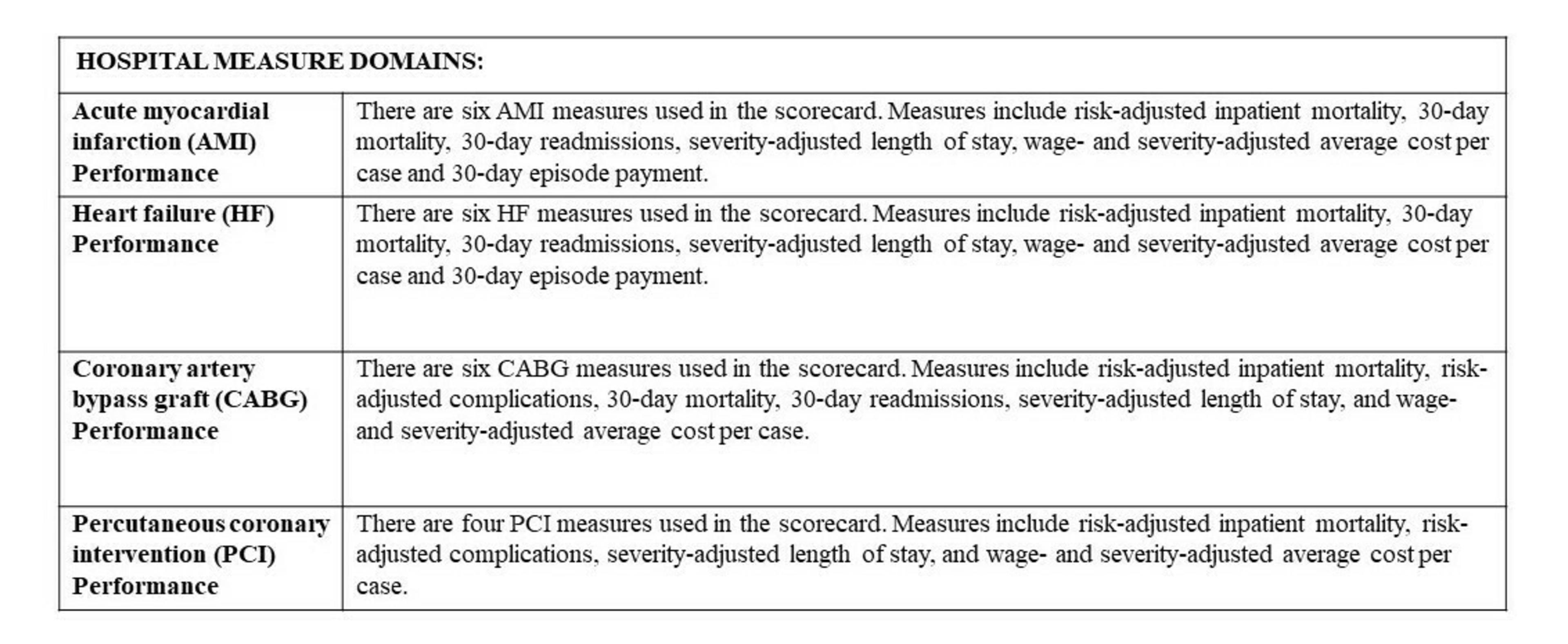PINC AI™ and Fortune Name the Nation’s 50 Top Cardiovascular Hospitals

CHARLOTTE, N.C. (March 15, 2023) — PINC AI™, the technology and services brand of Premier, Inc., today named the nation’s 50 top cardiovascular hospitals. The full list of recognized hospitals was published in an exclusive online article by Fortune.
To create the list, an objective, quantitative analysis of publicly available data was conducted to identify the top cardiovascular hospitals in the United States. The primary purpose of the PINC AI™ 50 Top Cardiovascular Hospitals™ program is to inspire hospital and health system leaders to pursue higher performance and deliver added value to patients and communities. Organizations do not apply to participate in the study, and award winners do not pay to market their honor.
The Performance of Facilities on the PINC AI™ 50 Top Cardiovascular Hospitals™ Program List
This year, based on comparisons between the study winners and a peer group of similar hospitals that were not winners, the analysis found that the 50 top cardiovascular hospitals delivered better outcomes while operating more efficiently and at a lower cost. Compared to non-winning cardiovascular hospitals, this year’s winners had:
- Significantly higher inpatient survival rates (19.0 to 40.6 percent higher).
- Fewer patients with complications (13.2 to 15.4 percent fewer complications).
- Higher 30-day survival rates for acute myocardial infarction (AMI), heart failure (HF) and coronary artery bypass grafting (CABG) patients (0.4 to 0.9 percentage points higher).
- Lower 30-day readmission rates for AMI, HF and CABG patients (0.5 to 1.0 percentage points lower).
- Average lengths of stay (ALOS) varied between patient groups from 0.6 (AMI, HF, PCI) to 0.8 (CABG) shorter length of stay.
- $860 to $5,076 less in total costs per patient case (the smallest dollar-amount difference was for HF, and the largest was for CABG).
- Lower average 30-day episode of care payments for AMI and HF ($1,493 and $781 less per episode, respectively).
- Patients had a better experience at benchmark hospitals compared to peer hospitals, with a top-box HCAHPS score of 75 percent versus 70 percent.
- More than 7,600 additional lives could have been saved.
- More than 6,700 heart patients could have been complication-free.
- More than $1 billion dollars could have been saved.
Further, based on the data analyzed, it is estimated that if all cardiovascular hospitals performed at the same level of this year’s winners:
This analysis is based on the Medicare patients included in this study. If the same standards were applied to all inpatients, the impact could have been even greater.
“Heart disease remains the leading cause of death for all Americans, resulting in nearly 700,000 deaths and $229 billion in added costs each year,” said Leigh Anderson, Premier’s President of Performance Services and the leader of PINC AI™. “Given the life and death nature of this condition, patients and their loved ones need credible information to help them determine where to go for the best possible care. This objective, data-driven study pinpoints the top hospitals that excel across a range of core performance indicators. In addition to showcasing the leading providers, the PINC AI™ 50 Top Cardiovascular Hospitals™ program helps to set a performance standard for hospitals across the country, creating an aspirational goal as they work to improve outcomes and community impact.”
Methodology for the Rankings
The PINC AI™ 50 Top Cardiovascular Hospitals™ program focuses on short-term, acute care, non-federal U.S. hospitals that treat a broad spectrum of cardiology patients. It includes patients requiring medical management, as well as those who receive invasive or surgical procedures. Because multiple measures are used, a hospital must provide all forms of cardiovascular care, including open heart surgery, to be included in the study. Each patient group is mutually exclusive, by design.
Eligible hospitals are ranked for performance across four measurement grouping areas.

Final rank is determined based on performance for all individual measures. Hospitals are ranked within three separate peer groups: teaching hospitals with cardiovascular residency programs (20 winning facilities), teaching hospitals without cardiovascular residency programs (20 winning facilities) and community hospitals (10 winning facilities).